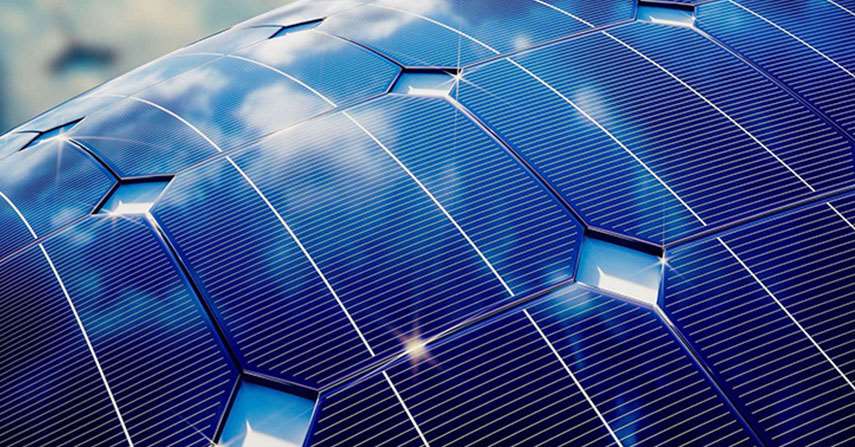How Do Solar Photovoltaic (PV) Cells Actually Work?

How Do Solar Photovoltaic (PV) Cells Actually Work?
A solar panel works by allowing photons, or particles of light, to knock electrons free from atoms, generating a flow of electricity.
Each photovoltaic cell is essentially a sandwich made up of two slices of semi-conducting material, usually silicon which is the same stuff used in electronics.
Sunlight is composed of photons, or particles of radiant solar energy. These photons contain various amounts of energy depending on the wavelength of the solar spectrum. When the photons strike a solar cell, some are absorbed while others are reflected. When the material absorbs sufficient photon energy, electrons within the solar cell material dislodge from their atoms.
To work, photovoltaic cells need to establish an electric field. Quite similar to a magnetic field, which occurs due to opposite poles, an electric field occurs when opposite charges are separated. To get this field, manufacturers "dope" silicon with other materials, giving each slice of the sandwich a positive or negative electrical charge.
To be exact, they seed phosphorous into the top layer of silicon, which adds extra electrons, with a negative charge, to that layer. Meanwhile, the bottom layer gets a dose of boron, which results in fewer electrons, or a positive charge. This all adds up to an electric field at the junction between the silicon layers. Then, when a photon of sunlight knocks an electron free, the electric field will push that electron out of the silicon junction.
When many electrons, each carrying a negative charge, travel toward the front surface of the cell, the resulting imbalance of charge between the cell's front and back surfaces creates a voltage potential like the negative and positive terminals of a battery. When the two surfaces are connected through an external load, electricity flows.
A couple of other components of the cell turn these electrons into usable power. Metal conductive plates on the sides of the cell collect the electrons and transfer them to wires. At that point, the electrons can flow like any other source of electricity. And viola, you have clean renewable power from a collection of photovoltaic (pv) cells!
SEE HOW MUCH YOU CAN SAVE BY GOING SOLAR
CALCULATE YOUR SAVINGS
